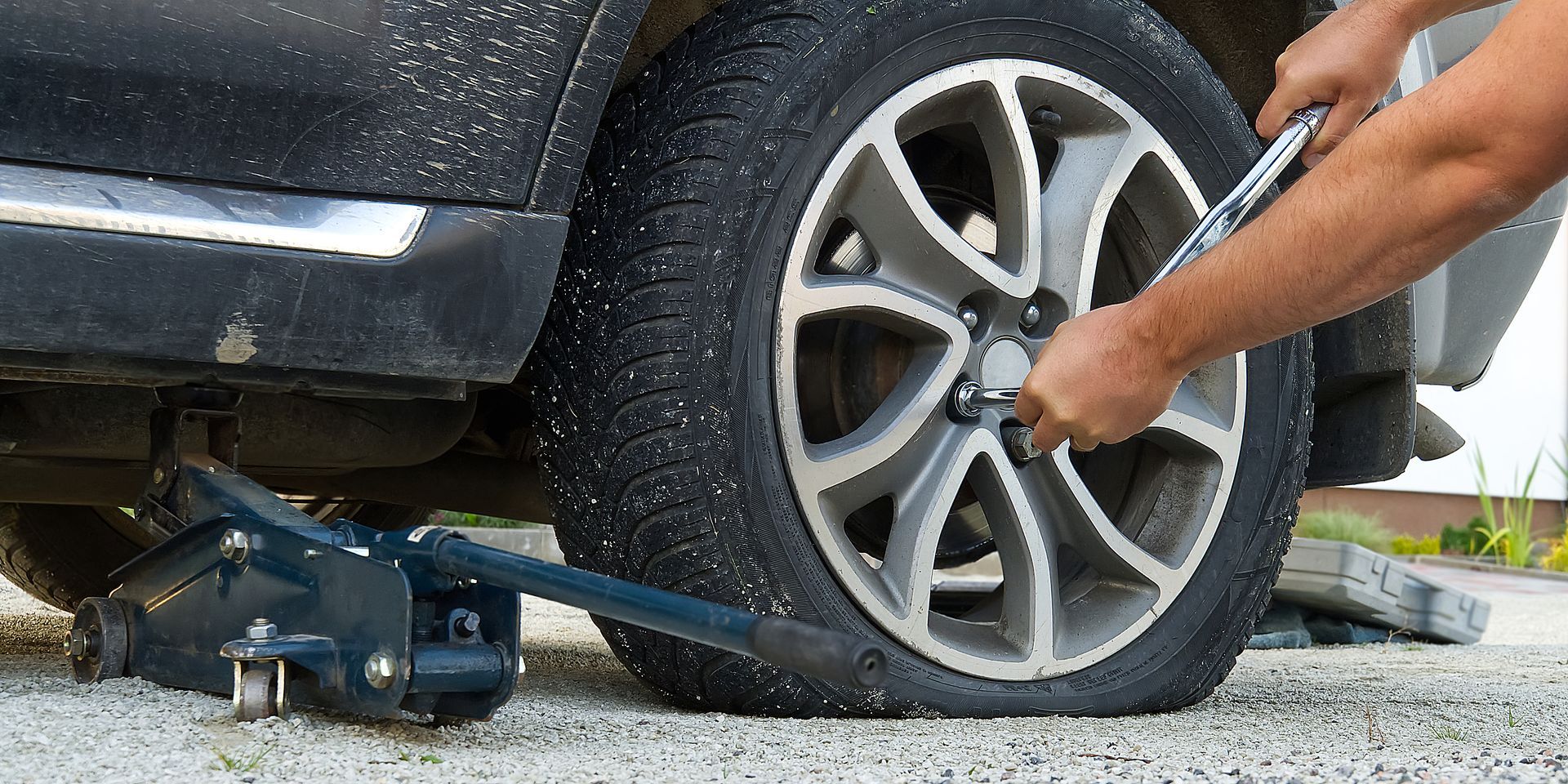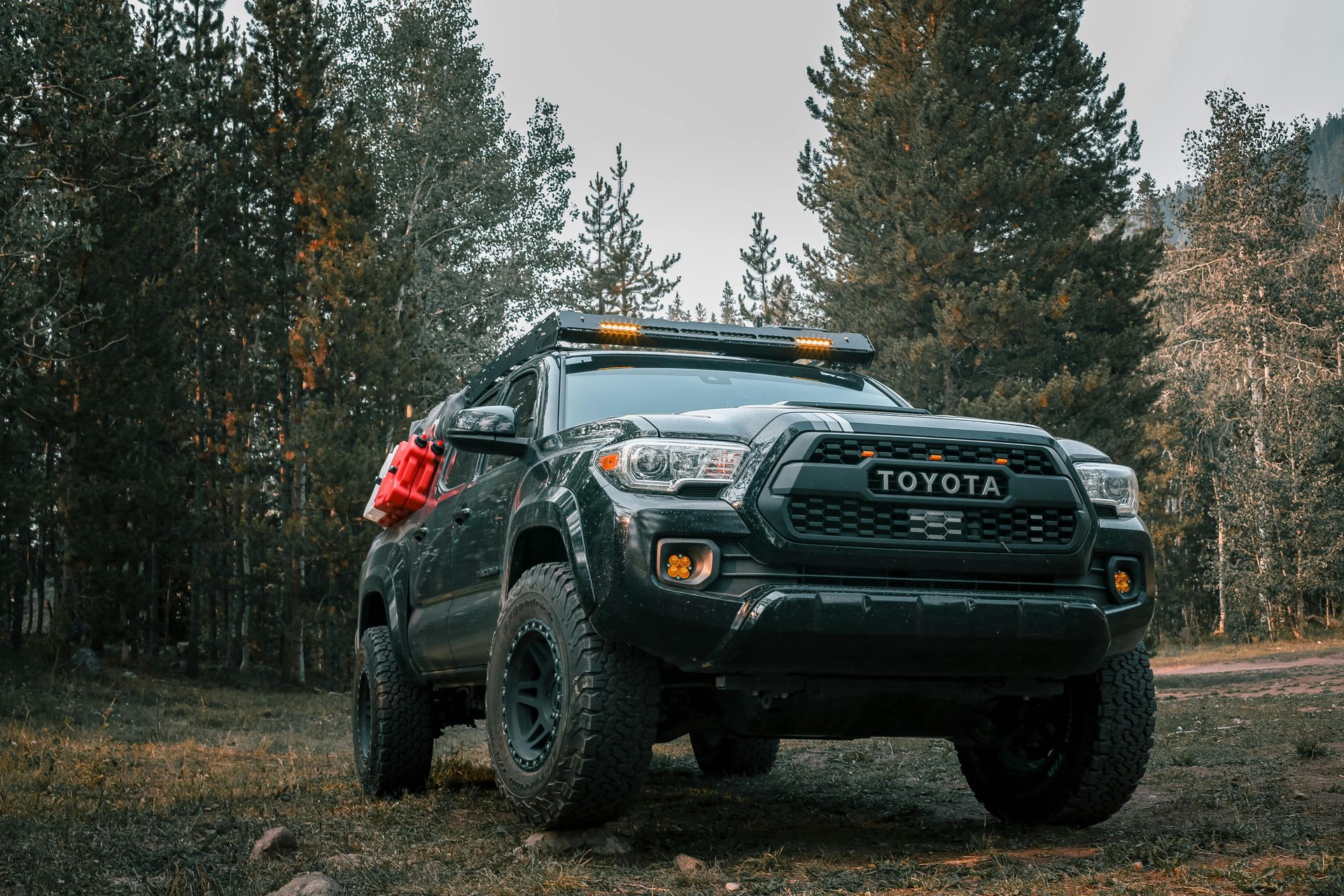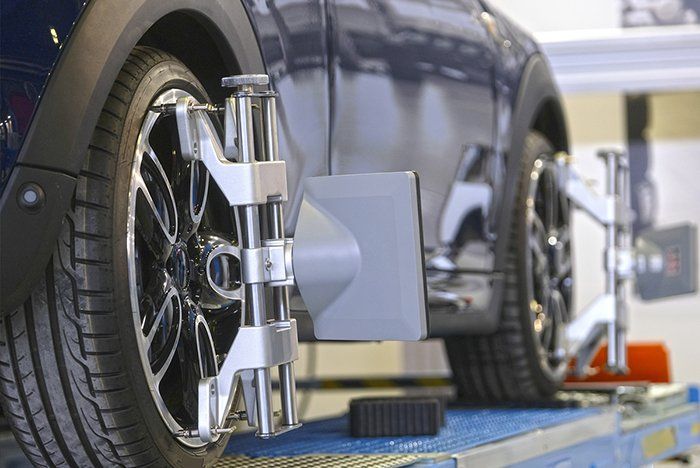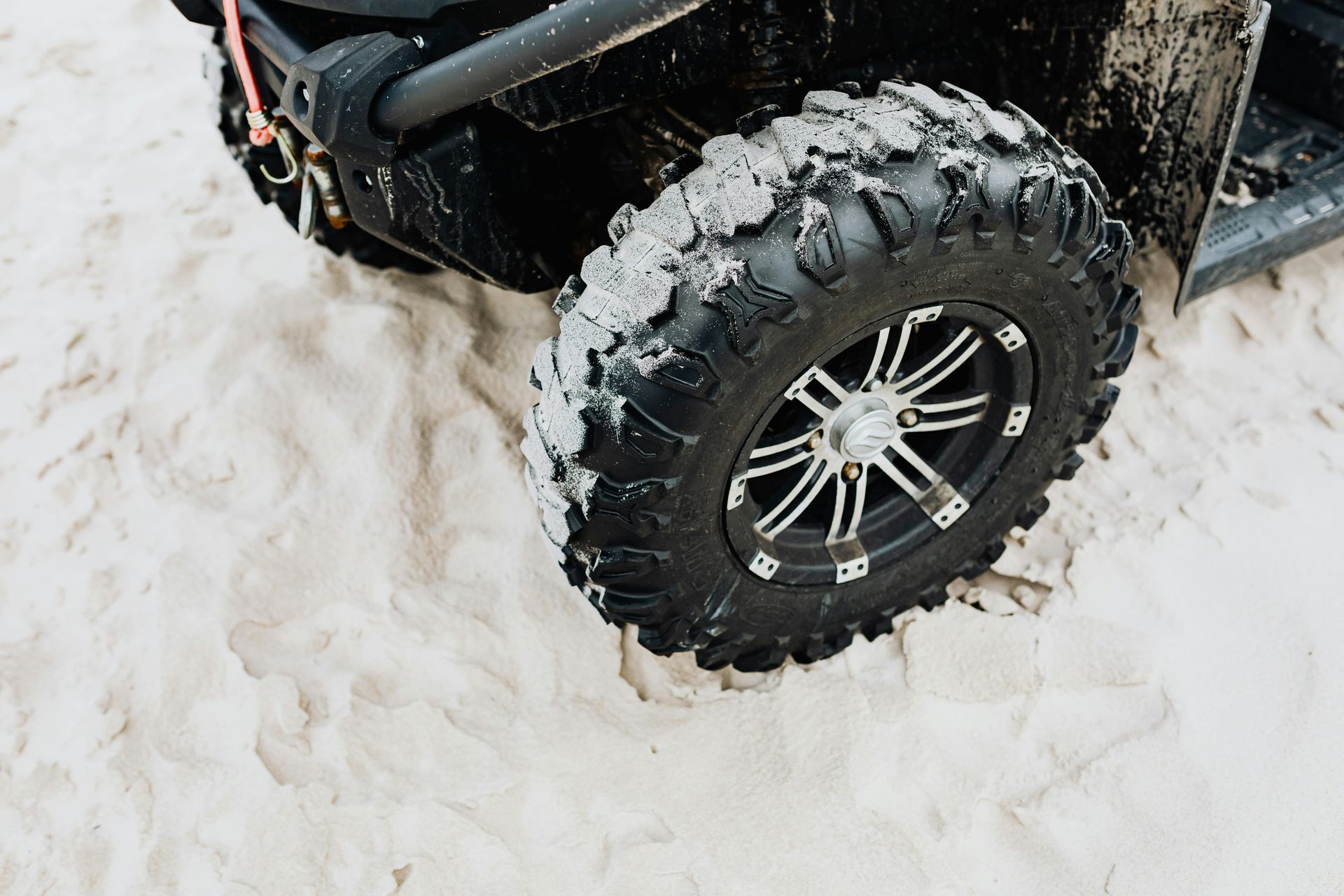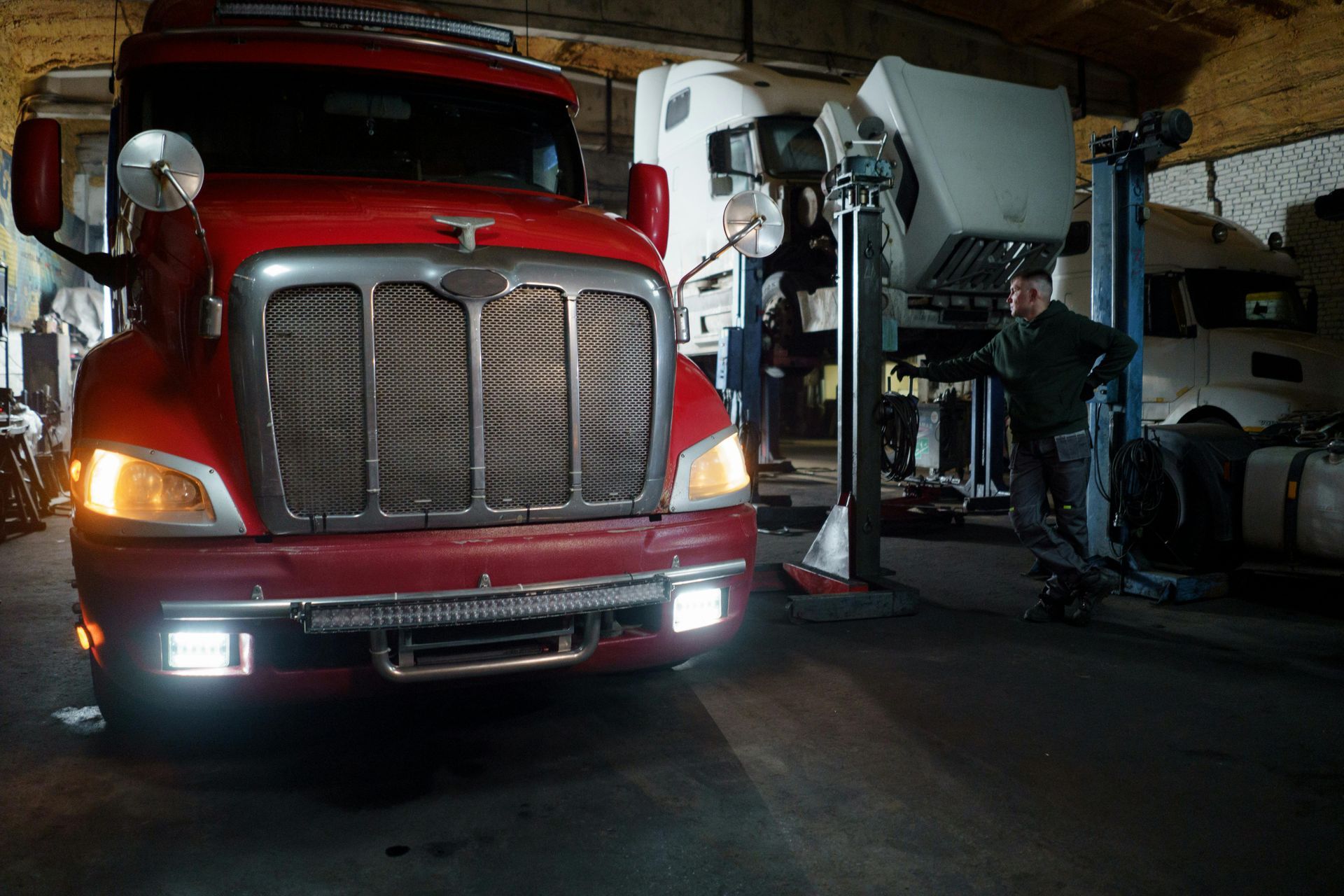Regular tire checks are key to keeping your vehicle safe and running well. If you ignore tire care, you might face problems like less grip, a higher chance of tire blowouts, and poor car handling.
Tires are a vital part of your car, and their state affects your safety. By checking the air pressure, tread depth, and looking for damage, you can spot issues early. This helps avoid big problems later on.
Key Takeaways
- Regular tire inspections are vital for vehicle safety.
- Tire inspections should be done once a month.
- Checks should be performed before long road trips.
- Tire pressure, tread wear, and signs of damage or wear should be monitored.
- Neglecting tire maintenance can lead to reduced traction and increased risk of tire failure.
When Should a Tire Inspection Be Done?
To keep your tires in top shape, knowing when to check them is key. Regular checks are vital for safe driving and avoiding accidents.
Monthly Checks and Pre-Trip Inspections
Experts say to check your tires monthly and before long trips. These checks spot issues early, like underinflation and uneven wear.
Monthly, checking tire pressure is a must. The right pressure keeps your tires safe and efficient. Underinflated tires wear out faster and can fail.
Also, check the tread depth. It should be above the minimum level.
- Check tire pressure when tires are cold.
- Use a tread depth gauge or the penny test to assess tread wear.
- Look for signs of damage, such as cracks, bulges, or uneven wear.
Before long trips, do a detailed check. Look for wear, damage, and ensure the pressure is right. Good tire care boosts safety and performance.
Regular inspections lower the risk of tire problems. It's part of caring for your vehicle.
Knowing when to check your tires and sticking to a schedule is important. It keeps your vehicle safe and running well. It's all about being proactive.
Critical Signs That Indicate Immediate Tire Inspection
Knowing when to check your tires is key for your safety and car's performance. Tires are essential for your car's safety and how well it runs.
Look for these signs to check your tire condition:
- Uneven tread wear, which can signal improper tire inflation or alignment issues.
- Cuts, scrapes, or punctures that can compromise the tire's integrity.
- Bulges or bumps on the tire surface, indicating possible weak spots.
- Cracks in the tire sidewall or tread, which can lead to tire failure.
Use tread depth gauges to measure tread wear. Also, check for damage or wear with your eyes. These signs tell you when to check your tires.
Implications of Neglecting Tire Inspection
Ignoring these signs can lead to big problems. You might lose traction, have longer stops, and risk a tire blowout. Regular checks can stop these issues and keep your car safe.
To keep your tires in top shape, check pressure often. Rotate tires as the maker suggests. Also, watch for damage or uneven wear. Knowing when to check your tires helps avoid dangers and keeps your car running well.
Conclusion
Regular tire checks are key for keeping vehicles safe and running well. Following the recommended inspection times helps spot problems early. This way, tires stay in top shape, cutting down on accident risks and extending their life.
For those who care about road safety, tire upkeep is a must. Regular checks can catch wear and tear signs early. This makes driving safer and more enjoyable.
Sticking to the right tire check schedule greatly improves vehicle safety and performance. It's important to check the car's manual for specific guidelines. This ensures tires stay in good condition.
Contact LugWrench Heroes today for professional tire services and inspections in the Phoenix area!
